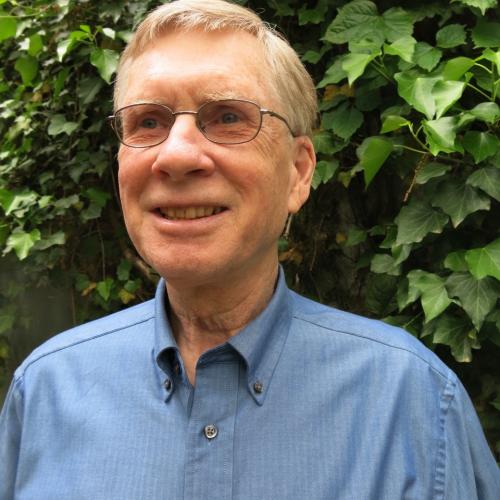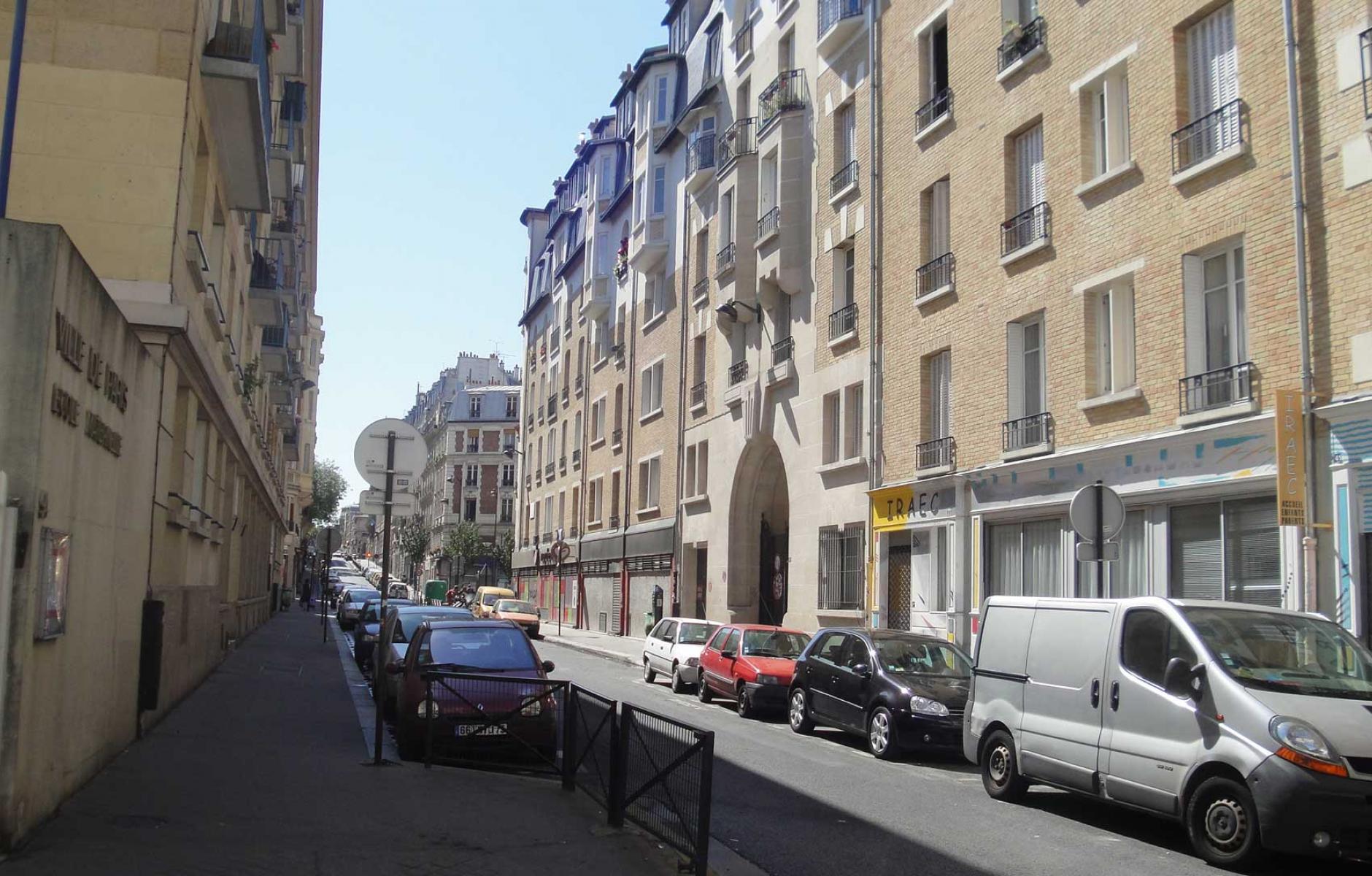
The ‘Continuous City’ versus the ‘Ruptured City’
Soon after finishing Daniel Solomon’s Housing and the City: Love versus Hope, I took the train to New York and saw “Toward a Concrete Utopia”—a show at the Museum of Modern Art that celebrates the post-World War II architecture of Yugoslavia. The contrast between Solomon’s clear-eyed book and MoMA’s head-in-the-clouds exhibition could hardly have been starker.
Housing and the City is nuanced, wry, and fun to read, like all the San Francisco architect’s writings. Above all, it is scornful of sloppy thinking. Solomon finds, at the core of modernist planning, a utopian belief system that has had horrific consequences for cities across the globe. Modernist planning aimed to make the world a better place, especially for the working class, yet it rejected much that was soulful about traditional city-building, and thus ended up, in Solomon’s judgment, “a toxic, self-devouring malignancy.”
You won’t hear that on West 53rdStreet, of course. MoMA remains a stalwart of all things Modern. The Concrete Utopia show curated by Martino Stierli and Vladimir Kulic would have museum-goers believe that the buildings erected in Yugoslavia between 1948 and 1980 represented a triumph on several fronts—in technological innovation, sculptural expression, architecture-as-megastructure, and transformation of a rural society into an urban one.

Under Josip Broz Tito, an independent socialist autocrat who fended off several attempts by Joseph Stalin to assassinate him, modernist architecture and planning blossomed in Yugoslavia—if anything constructed of gray concrete can be said to blossom. Architects in a Balkan country the size of Oregon subscribed to rigid set of principles, including “a clear separation of zones for working, dwelling, leisure, and circulation, with free-standing high-rise buildings surrounded by greenery.” That those principles took the zest out of city life seems not to have registered on the curators.
To be sure, some Yugoslav buildings achieved a sleek beauty. In the most fortunate locales, street passages of intimacy and loveliness were created. Yugoslavia shunned the bleakness of Soviet architecture. Nonetheless, Tito’s program was a far cry from what we now understand to be healthy urbanism.
Influenced by Le Corbusier and other 20th-century form-givers, Yugoslav designers raised buildings on piloti. They shaped worker housing into Zeilenbau—long, slab-like buildings pioneered in 1920s Germany—that maximized exposure to sunlight and fresh air but didn’t jell into a sociable neighborhood structure. Large buildings such as offices rose above antiseptic open space. Expressways cut swaths through the cityscape.
To forge contending ethnic groups into a unified nation, Yugoslav officials erected numerous structures commemorating the bitter struggle against Fascism. Many of those monuments now stand neglected or defaced. “Concrete Utopia” reveals MoMA’s inability to come grips with what was wrong in the modernist dream. Thankfully, we have Housing and the City—the perfect antidote to such historical obliviousness. The book, illustrated with photos, sketches, plans, and models, amply fulfills Solomon’s aim: to expose and explain “the destructive power of ideas that have dominated and still dominate the main institutions of architectural culture—MoMA, Harvard, and Architectural Record.”
Enchanting the young architect
Solomon, a cofounder of the Congress for New Urbanism and partner in MITHUN/Solomon, can authoritatively tell this story because when he was an undergraduate at Stanford in the late 1950s, he too got caught up in the allure of making objects that had little deference to their surroundings. In an introductory design course, the instructor assigned him to buy a box of toothpicks and from them fashion a structure that would both span over an enormous green book—Sweet’s Architectural File—and support the book’s heavy weight.
With lots of glue and much trial and error, 20-year-old Dan Solomon caused toothpicks to cluster and form tetrahedrons. They cohered into “a sort of geodesic dome” that was “strong as a house,” recalls Solomon, a San Francisco native who went on to earn degrees at Columbia and Berkeley. “I had made perfection,” Solomon reports. The instructor himself said so.
What did Solomon learn from this? The bliss of “thinghood.” The thrill of being praised for making a remarkable object. A thing is “not an environment, narrative, or place—the distinction is important,” he stresses. And it is possible for a budding architect to produce one coherent, self-contained thing after another. “People say nice things about you. If you are a student of architecture, it starts with your first student jury and, if you play your cards right, it continues through a lifetime, with fancier and fancier people saying nicer and nicer things. Even after you’re dead.”
“The best buildings [like the toothpick geodesic dome] are little utopias and their architects are little utopians,” says Solomon. They embody perfectibility. “But does the perfectibility of many small things imply the perfectibility of everything? Do lots of little utopias make one big one?” The answer is no. Self-contained objects, no matter how perfect they are by themselves, rarely add up to a coherent or satisfying city. “Cities can be damaged,” Solomon points out, “and, like other organisms, they can be killed by the things within them.”
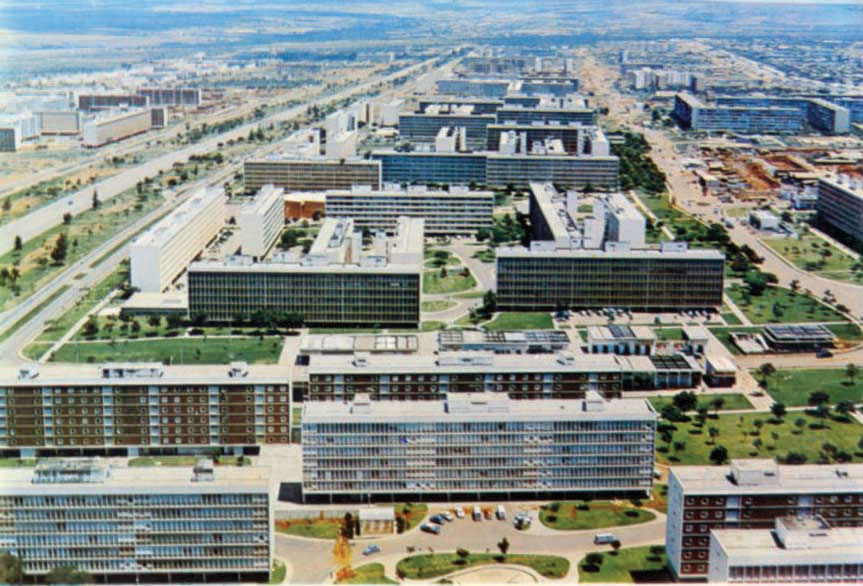
“The big utopian project of the ruptured modernist city was a giant bust a long time ago—at Brasilia, at Chandigarh, in the catastrophe of the American urban renewal, all over Europe,” Solomon says. “In the great battle of Jane Jacobs versus the Athens Charter of Le Corbusier (the Koran of modernist town planning), the result was Jane by a knockout decades ago.”
Yet at Architectural Record, the Harvard Graduate School of Design, MoMA, and other arbiters of architectural culture, that hardly matters. Declares Solomon: “The love of thinghood is the unifying theme, modern architecture’s main idea, the bond that unites the shards, the blobs, the shiny boxes, and the latest parametric warpages.” In Housing and the City, he tries to rescue us from misguided utopianism—from the “Ruptured City,” as he calls it—and help us build cities that people will enjoy inhabiting.
How is a city ‘continuous’?
The alterative to ruptured, disjointed cities, Solomon says, is “Continuous Cities.” Many old urban areas, or large parts of them, can be categorized as Continuous Cities—think of the traditional parts of Paris, Rome, Amsterdam, and Stockholm and of parts of New York and San Francisco.
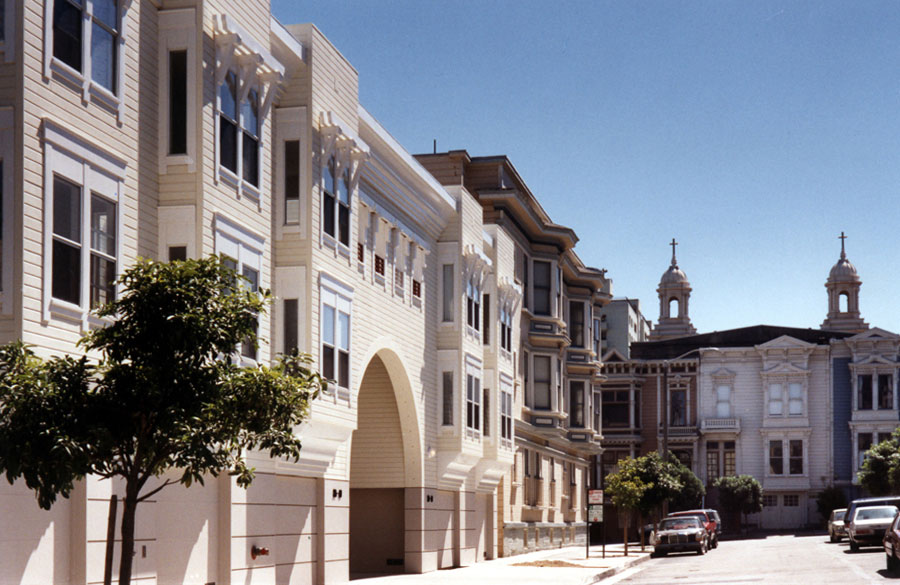
Such a city manifests continuity in three intertwined ways, according to Solomon. First, it is spatially continuous, or mostly so. “Buildings join with one another to form a great continuum off built fabric”—defining streets, lanes, squares, and courtyards. It is not full of holes and gaps. Freestanding buildings with space all around them are a rarity.
Second, the Continuous City is temporally continuous. “Past and present blend together,” Solomon notes, “and the past is present in daily life, giving it depth and dimension like underpainting on a canvas.”
Third, and perhaps most crucially, the Continuous City is socially open and embracing. “Everybody lives there,” says Solomon. “No one is excluded. It is the best place, really the only place, to experience the full range of human possibility close-up.”
A New York example: “If a Wall Street Master-of-the-Universe who lives uptown doesn’t want to get stuck in traffic on the way to the office, he hops on the Lexington Avenue Express [a crowded subway]. For long minutes he can’t help looking into the eyes of a thuggish sixteen-year-old and a Puerto Rican mom with two kids. He learns something about people whose life experience he cannot imagine. That happens on the Lexington Avenue Express all the time.”
“The typical Ruptured Cities of the late twentieth and twenty-first centuries have none of these properties,” Solomon points out. “Think of places such as Tyson’s Corner, Virginia, outside Washington, DC; virtually all of Orange County, California; much of Atlanta, Houston and Phoenix; and of the Paris Peripherique. In these places, buildings and streets each march to their own drummer (the architect and the traffic engineer, respectively), and they scarcely greet each other in passing. The result is a proliferation of holes and gaps, leftover fragments, and parking lots—a fractured townscape where it is unpleasant or pointless to walk anywhere.”
Ruptured Cities reflect the hostility that 20th Century modernists felt toward the messiness of the traditional city. The traditional city was seen as “an impediment to a just, healthy, and egalitarian society,” Solomon observes. Therefore, housing of urban populations would have to be handled very differently.
But the modernist hopes turned out to contain “both hubris and contempt,” as demonstrated by huge, isolated complexes on the outskirts of Paris that periodically erupt in violence and, in the US, by the ill-fated idea of Catherine Bauer that public housing should be divorced from the dense makeup of the cities.
Solomon was intimately involved in the effort to reintegrate housing for low-income people into mixed-use, mixed-income, walkable urban precincts. The federal HOPE VI program, brainchild of New Urbanists, proved that this could be accomplished in many places—and would succeed. That’s one instance of the Continuous City winning out over the Ruptured City.
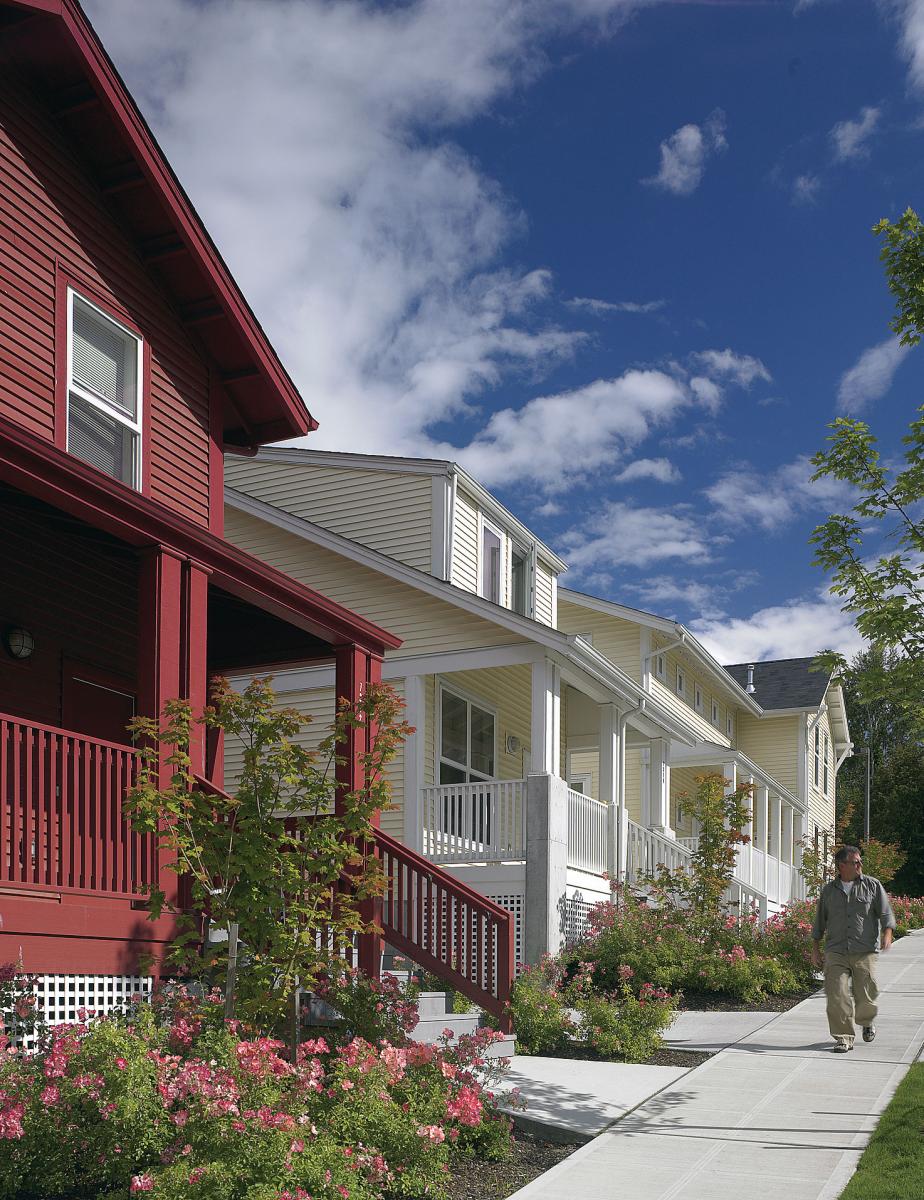
Metis knowledge
If the world is to build and preserve Continuous Cities, we will all have to overcome the current widespread reliance on “one-dimensional specialty nerds,” whether they are traffic engineers who make expediting the flow of automobiles their life mission or, says Solomon, hydrologists whose “big, swirly forms of drainage courses” can be just as devastating to the tight fabric of a city as an urban highway. “One-issue planning,” he says, “is a feature of the Ruptured City, often the very cause of rupture.” Bureaucratic standards are a related problem.
How, then, should urbanists go about their work? Solomon suggests avoiding overdependence on “abstract universal technical knowledge and abstract reasoning.” What’s needed, he says, is “what ancient Greeks called metis knowledge”—essentially a “contextual and particularized feel for a subject.”
A good example of that, he says, is Andres Duany’s recognition, after Hurricane Katrina, that restoring a devastated New Orleans would entail something more than designing and building the right physical structures. It would call for comprehending the culture of New Orleans. Duany saw that the charm of New Orleans life “was based on the fact that people of very modest means, mostly African American and Cajun, had title to their houses and no debt. Families lived in communities, modestly but comfortably, without the constant pressure of mortgage payments. People did not have to work frantically to subsist. That left time for the cuisine of slow-cooking stews, the culture of the church, and for a music of great complexity and richness to evolve.”
“If urbanists care about sustainability, the sustaining of urban culture should be the first order of business,” Solomon contends. “The way they cook stews and make music in New Orleans; the way they dance in Havana, dress in Milano, use language in London, look cool in Tokyo, wisecrack in New York. Those are things for us to care about.”
Hardly any organized group comes out of Housing the City unscathed. New Urbanists are no exception. Solomon takes issue with the LEED for Neighborhood Development program and DPZ’s SmartCode, both of which he sees as too prescriptive and at odds with metis knowledge. He chides New Urbanists for making what he sees as a simplistic distinction between the “urban fabric,” which can be tightly regulated, and the “monument,” which is free to take pretty much whatever shape its designer chooses.
The idea that monuments occupy the city’s conspicuous sites while run-of-the-mill activities are embedded in the urban fabric does not comport with what actually happens, given “the normal dynamics of institutions and real-estate transactions,” he says. Museums, churches, and other politically or culturally important institutions often occupy ordinary sites.
In historic cities, Solomon points to important buildings on otherwise ordinary streets, and suggests that New Urbanists will rob cities of a wonderful complexity if they stick to a fabric/monument mode of thought. Urban fabric, he argues, does not require a lesser architectural intelligence.
This is one of the richest, most stimulating urban books I’ve read in a long time. It abounds with sharp observations—about surprisingly humane housing built under a Fascist regime in Rome, about Solomon’s own involvement in San Francisco planning, even about the perfume maker Coco Chanel. There’s not a dull page.
The text is put together idiosyncratically. Personal anecdotes are mixed in with serious issues, and the cryptic table of contents is not much of a guide. Often you’re unsure where you’re going—but then that’s true when walking the narrow, twisting passages of an alluring medieval village. At the end, you come out having had a magnificent experience, and wanting more of it.
I do wish Schiffer Publishing had given the book an index. It’s hard to find things without one, and this is a book will inspire people to go back to it repeatedly, it’s so loaded with fascinating material. Perhaps, when Housing and the Cityis rightly recognized as one of the great urban books of our time, an index will miraculously be added to future editions.




